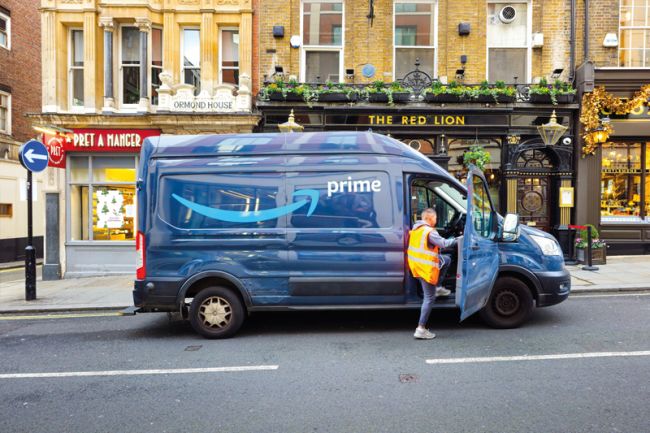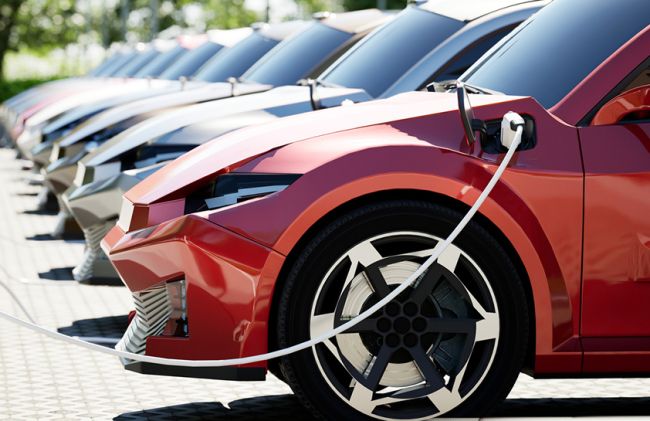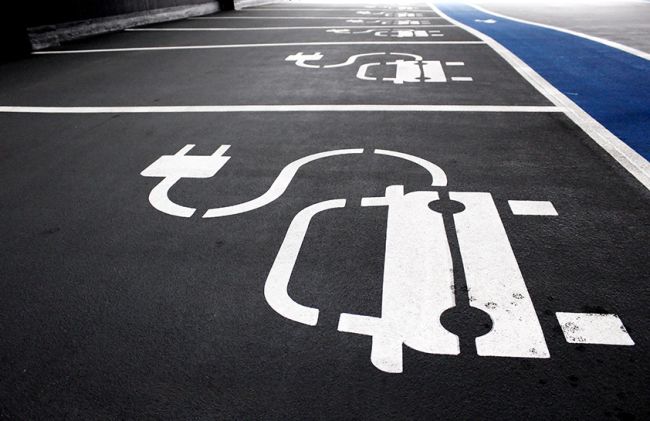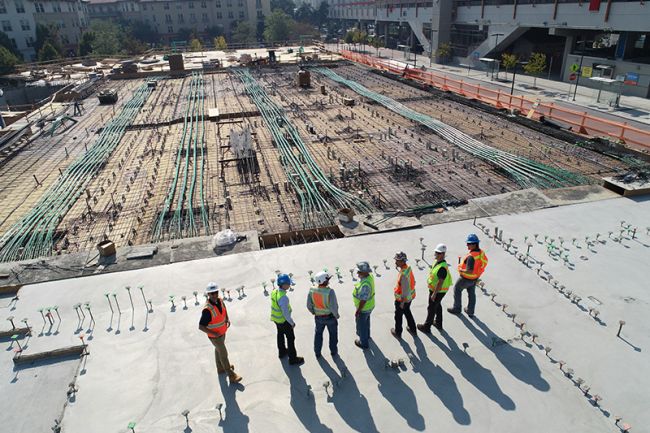Car travel: a paradigm shift
The traditional approach to solving traffic over the past half century has been to protect the personal “right” to car travel.

The traditional approach to solving traffic over the past half century has been to protect the personal “right” to car travel, and to invest in auto infrastructure and freeway expansion. What is the result of car-centric lifestyles? Urban sprawl, cement jungles, air pollution, more parking lots than parks and, ironically, more traffic in every major city in North America. So, how can TDM shift commuters out of their cars and into a ride share?
The true solution to traffic congestion remains the same – fewer cars, more mass transit, and cities designed to support it. But the continued investment in the auto industry has ensured that car travel is embedded in society, and is not leaving our cities anytime soon.
While planners, policy makers and consultants seek to shape the future through autonomous vehicles and new mobility, Transportation Demand Management (TDM) practitioners have a responsibility to prepare the commuters themselves for the onset of changes soon to come. The imminent world of autonomous vehicles (which is expected to increase demand for car-based travel rather than reduce it) offers a crucial challenge and opportunity – the absolute need to share rides and for that to be the behavioral norm. If single occupant travel continues to be the default, driverless cars will make traffic significantly worse. The question is: what behavioral adjustments are necessary to shape for the largest disruption ever to hit the roads? How do we prepare the travelers of today for the shift to driverless vehicles? The most important way is to raise the comfort level with sharing rides.
Why is it that commuters have no issue sitting shoulder to shoulder between strangers on a five-hour flight, but do not feel comfortable sharing a 10-minute car trip across town? Air and rail travel have a standard of shared space, but present-day vehicle design is not intended for traveling among a group of strangers. If Transportation Network Companies of the future provide more “personal space”, then sharing cars will become the norm.
Vehicle design and marketing must also evolve with the new expectations of car travel in order for behavioral changes to follow suit. This will pave the way for people to approach their commute communally.
This challenge is complex: car travel continues to be portrayed as the epitome of freedom, flexibility and privacy. Car ads feature empty roads, not smog-filled gridlock. Because of this propaganda, the hardest mode shift for passengers to make is from driving alone to carpooling. Sharing a car is counterintuitive to every message the car industry sells. Statistically, the lower the rate of car ownership, the higher rate of willingness to share a car. It makes sense; people who don’t own a car are more willing to share rides.
When it comes to TDM, we know the carrot is more effective than the stick. Incentivising good behaviors has a greater impact than punishing bad ones. The real call for TDM practitioners is to change the culture and to encourage people to act in the best interests of their communities. Commuters still fail to make the connection between traffic congestion and their own personal driving habits. Helping commuters recognize their role in congestion issues and their ability to help solve the problem through choices is an urgent priority of twenty-first-century mobility planning.
Steer is in the business of behavior change, and that’s where to start. Marketing ridesharing needs to appeal to commuters’ needs and desires. When polled, people indicate that flexibility and convenience are more valuable than cost [1]. Pro-high-occupancy vehicle (HOV) policies, infrastructure investments, and ridematching systems could help tilt the “convenience” away from single-occupancy travel so people see ridesharing as being more convenient than driving alone. But these physical, technological and policy changes around HOV travel will be more effective if they’re coupled with a change in paradigm around sharing rides. What’s the implication? If we create a culture shift, the modeshift will follow.
Written by Rachel Forseth























